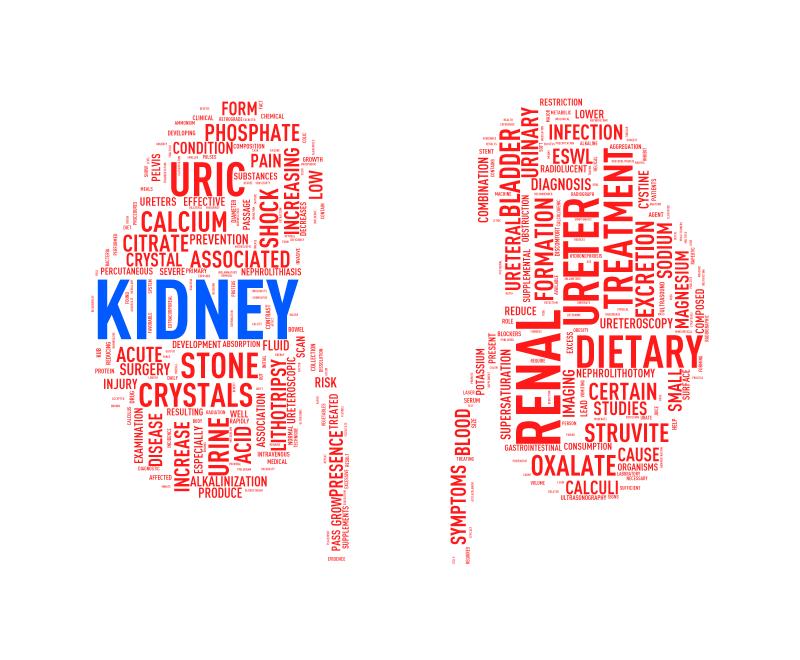
Age and chloride level tend to contribute to the development of acute kidney injury (AKI) in traumatic brain injury (TBI) patients treated with hypertonic saline (HTS), a study has shown.
A total of 129 patients were included in the analysis. Of these, 18 (14 percent) developed AKI (AKI group). Patients in the AKI group had a higher maximum sodium level (p<0.0001).
In addition, hyperchloremia (Cl ≥115 mEq/L) was more common in the AKI group than the non-AKI group (100 percent vs 81 percent; p=0.0428), while the maximum (median 128 vs 123 mEq/L; p=0.0026) and change in serum chloride (median 24 vs 17 mEq/L; p=0.0084) were higher.
In logistic regression analysis, every 1-mEq/L increase in maximum chloride level (odds ratio [OR], 1.095, 95 percent confidence interval [CI], 1.022–1.172) and every 1-year increase in age (OR, 1.032, 95 percent CI, 1.006–1.058) each correlated with a higher likelihood of developing AKI.
No between-group difference was seen in total chloride load (p=0.2143). In addition, nearly half (>40 percent) of total chloride load in both cohorts was provided by non-HTS sources.
Researchers conducted this retrospective study at a Level-1 Trauma Academic Medical Center and included patients aged ≥12 years with TBI, intensive care unit length of stay ≥72 h, and administration of ≥24 h of continuous HTS or 500 mL of HTS boluses.
Factors associated with AKI was the primary outcome, while the correlations between chloride load and levels with AKI development were secondary. Chloride load was calculated from HTS and non-HTS sources.